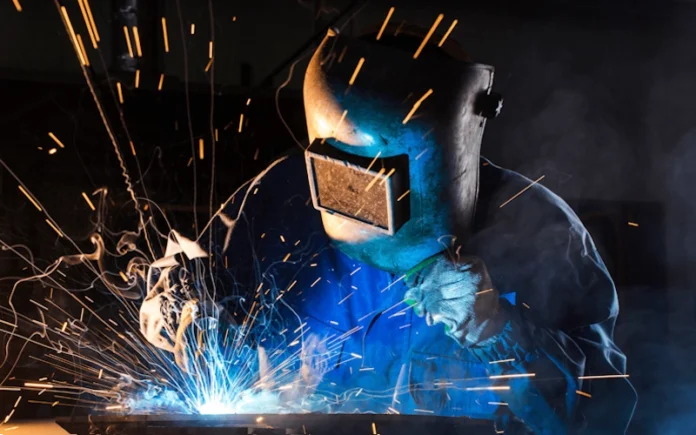Table of Contents:
- Introduction to Shielding Gases
- Properties of Common Shielding Gases
- Impact on Weld Quality
- Innovations in Gas Delivery Systems
- Optimizing Shielding Gas Selection
- Conclusion
Introduction to Shielding Gases
Shielding gases are crucial in Tungsten Inert Gas (TIG) welding, as an invisible barrier to protect the molten weld pool from atmospheric contaminants. They are essential for producing durable and reliable welds, preventing oxidation, porosity, and brittle microstructures. Welders must understand the critical function of shielding gases to ensure durable and reliable welds. The choice of shielding gas directly influences arc behavior, metal transfer, spatter levels, and fusion. With the increasing diversity of metals and alloys in modern manufacturing, selecting, maintaining, and applying the right shielding gas is more important than ever. The suitability of a shielding gas extends beyond its chemical properties to include flow characteristics, compatibility with base metals, and performance under different amperage settings. Mastering shielding gas application becomes a strategic advantage, minimizing rework, reducing defects, and containing production costs.
Properties of Common Shielding Gases
The choice of shielding gas in TIG welding depends on its specific chemical and physical properties, as each gas can significantly alter weld performance. Argon is the cornerstone of TIG welding due to its inertness, resulting in a stable arc and impeccable weld coverage. Helium, known for its high thermal conductivity, delivers a hotter arc, resulting in greater heat input, deeper weld penetration, and faster travel speeds. However, its low density necessitates higher flow rates for adequate protection, which can increase project costs and require precise control to avoid uneven coverage. Hydrogen, introduced in small volumes, accelerates travel speed and improves surface finish, especially for welding austenitic stainless steels. Nitrogen, a process enhancer for select stainless and duplex steels, augments mechanical properties, improves corrosion resistance, and supports favorable weld microstructures. However, its application must be tightly controlled to prevent issues like porosity or embrittlement, especially in welds for demanding environments.
Impact on Weld Quality
Shielding gas significantly impacts weld quality, affecting bead appearance, structural soundness, and corrosion resistance. Hydrogen-enriched blends can improve arc heat and surface quality, especially in hygienic applications. Misuse of reactive gases can lead to brittleness, blowholes, and compromised corrosion resistance. Helium-enriched blends are essential for welding thick materials or non-ferrous alloys, but require careful power settings and torch angles. Improper gas selection can cause weld discoloration, random porosity, excessive spatter, and cracks, leading to weak joints or failure under stress. Regular validation of settings and processes is recommended for consistent gas delivery and cleanliness.
Innovations in Gas Delivery Systems
Advancements in gas regulator and flow meter technologies have revolutionized welding operations, allowing welders to adjust gas flows with precision, reducing excess consumption and minimizing gas waste. Dual-gas mixing systems blend different gases at the torch and ensure optimal arc characteristics and weld properties, especially for specialty metals or complex joint configurations. These systems also support advanced data logging and digital monitoring, aiding in fine-tuning processes and ensuring strict quality control.
Optimizing Shielding Gas Selection
Shielding gas pairing with base metal and desired welding outcomes is a complex process that involves technical understanding, experimentation, and cost-benefit analysis. Factors to consider include material type, thickness, desired weld properties, and cost and availability. Reactive metals may require purer gases or blends, while thick or multi-pass welds require high-energy or complex mixtures. Special applications may require custom mixtures to prevent defects or speed up fabrication. Welders should perform sample runs, consider manufacturer recommendations, and use process monitoring to optimize gases and settings for each job, resulting in superior weld quality and consistent results.
Conclusion
Shielding gases in TIG welding are dynamic factors that shape arc performance, weld soundness, and operational efficiency. Welders who understand gas properties and delivery systems can enhance weld integrity, strength, and appearance. Mastery of shielding gases is crucial for welding craftsmanship and success in demanding technical landscapes, leveraging new gas delivery innovations and informed choices.

